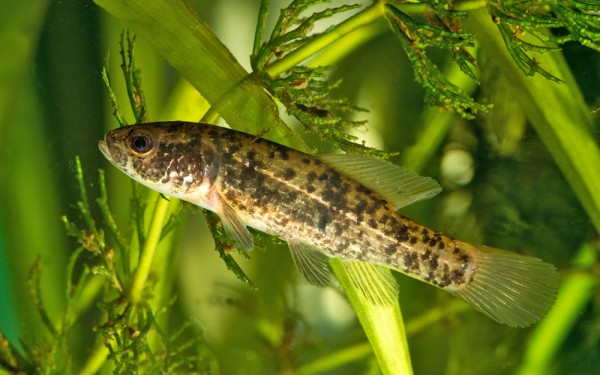Umbridae - Mudminnows

Classification
Description
Umbridae is a family of small fishes in the pike order Esociformes. The single living genus, Umbra, occupies weed-choked freshwater habitats in eastern North America and eastern Europe. While the family traditionally contained the genera Umbra, Novumbra, and Dallia, recent genetic and paleontological research have recovered this grouping as paraphyletic, with Novumbra and Dallia being moved to the family Esocidae.
Distribution
Umbridae contains three extant species, all within the genus Umbra:
- Umbra pygmaea,
- Umbra limi, and
- Umbra krameri.
U. pygmaea can be found across the eastern United States and southeastern Canada. U. limi ranges throughout the Great Lakes region and Mississippi River basin of North America. U. krameri can be found in the Danube and Dniester River basins of Europe.
Umbra spp. are most commonly found in the Atlantic coast regions of North America, along the marshy, low-oxygen areas of the Mississippi River, and in similar environments in Europe. All fossil specimens have been recovered from Europe, occupying similar niches to extant species.
Behavior
Like all esociformes, the extant species of Umbridae are sight-based ambush predators, with umbrids occupying the niche of a bottom-feeding generalist. Diet changes based on seasonal availability, however primarily consists of invertebrates in all extant species. Detritus is also a major stomach content throughout the year as reported in U. pygmaea. During winter months, U. limi has been observed hunting fish. Cannibalism has been observed in at least U. pygmaea.
Umbrids, like Dallia and Novumbra, have an extreme tolerance for apoxic conditions. Umbra has been observed surviving under the ice in particularly cold winters and has the ability to survive desiccation by burrowing tail-first into the mud in times of drought. Umbra can breathe atmospheric air using a modified gas bladder to absorb oxygen.




